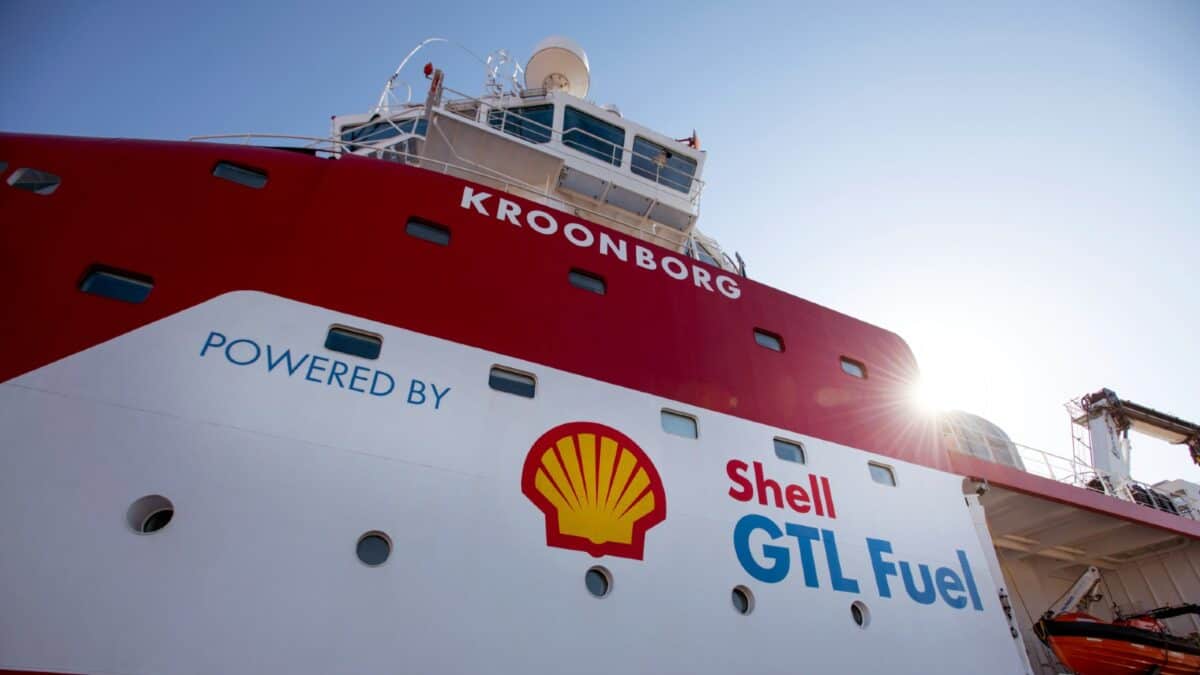Shell (LSE:SHEL) shares pushed upwards on Thursday (2 November) after the energy giant reported its Q3 results.
As such, the stock is now up 8% over 12 months, and 9.5% over five years. Predictably, this five-year figure doesn’t tell the whole story.
Shell, like its peers, saw its share price plummet during the pandemic as global fuel demand tanked. So if I had put £1,000 in Shell shares half a decade ago, today those shares would be worth £1,095. That’s not a great return.
However, during those five years I would have received dividends. The company did reduce its dividend in April 2020 for the first time since World War II amid pandemic uncertainties.
Over the period, I expect to have received around £135 in dividends. So my total returns would be around £230, or just short of 5% annually.
That’s not a bad return, but it’s not great either.
What did the earnings say?
Shell reported third-quarter adjusted earnings of $6.2bn and announced a $3.5bn share buyback over the next three months.
The earnings were slightly below the expected $6.48bn, but the healthy buyback drove the stock higher.
While earnings were up from the previous quarter at $5.1bn, they were lower than the same period the previous year — $9.5bn.
Shell attributed the results to strong operational performance, increased oil prices, and improved refining margins.
Additionally, the $3.5bn share buyback brings the total for the second half of the year to $6.5bn, ahead of the initially-announced $5bn. Shell has committed to $23bn of buybacks for the year.
Valuation
So what’s the investment hypothesis for Shell? Is the stock good value?
The table below shows how Shell compares against the other five vertically integrated oil and gas companies — often referred to as IOCs. The data suggest Shell is by no means a standout performer. And on a forward basis, it isn’t significantly cheaper than its peers.
Firstly, when looking at this data, I’d discount Eni immediately. It’s partially owned — and controlled –by the Italian state and, as such, it can operate in the national interest rather than purely for shareholders. This is reflected in its lower asset turnover and net income margin.
Meanwhile, US firms Chevron and ExxonMobil appear more expensive. We can also see they have the lowest debt levels and highest asset turnover ratios and net income margins.
The data suggests Shell is something of a middling performer. However, it’s worth noting that the forward earnings ratio is much cheaper from a non-GAAP (Generally Accepted Accounting Principles) basis — 7.65 times forward earnings. This differential could be attributed to the $23bn of share buybacks.
Taking this into account, Shell could be seen as having one of the most attractive valuations among the ‘Big Six’. As such, I’d certainly consider investing in Shell if I had the capital available.
| Shell | BP | Chevron | Eni | ExxonMobil | Total | |
| Market Cap ($) | 213.56bn | 101.16bn | 274.27bn | 53.21bn | 419.47bn | 154.83bn |
| P/E (TTM) | 6.90 | 6.82 | 10.46 | n.a. | 10.12 | 5.88 |
| P/E (FWD) | 10.66 | 5.75 | 10.57 | 11.86 | 11.47 | 7.06 |
| P/S (TTM) | 0.63 | 0.47 | 1.34 | 0.51 | 1.25 | 0.72 |
| Asset Turnover | 0.83 | 0.80 | 0.84 | 0.64 | 0.93 | 0.71 |
| Net Income Margin | 8.09% | 11.36% | 12.56% | 5.14% | 11.93% | 8.58% |
| Total Debt to Equity | 43.92% | 68.08% | 13.51% | 55.93% | 19.88% | 49.24% |







